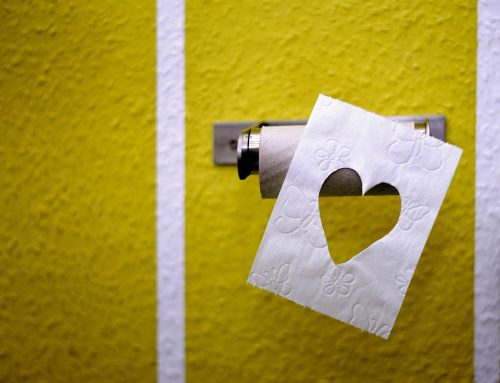Sewage disposal has been a major concern for humans since the beginning of history. Archaeological finds show that early civilizations attempted to create some kind of sewer system. Thousands of years ago, in what is now the Middle East, cultures developed that not only knew about loincloths, but sometimes also built huge baths. Sewage was transported from buildings using pipes. Traces of this can still be found in many places, one of the most beautiful examples being the remains of the system in Petra, Jordan.
The first aqueducts, also known as canal bridges, also originated in the Middle East, and over the millennia they spread from there to Europe. Their task was to ensure the supply of water to settlements, but especially to cultivated land. Among the ancient European peoples, the Greeks and Romans were particularly fond of aqueducts. It is also interesting that in the Greek archipelago, sewage was carried away through specially carved stone pipes or pipes made of fired bricks, and flushing was not an unknown technique.
The Etruscan culture
The Etruscans were a people, presumably of Indo-European origin, who exerted significant influence over northern and central Italy until the 5th century BC. Rome also had several Etruscan kings, the last of whom was expelled in 510 BC.
Although the Etruscans disappeared due to Rome's conquest policies, they still had a significant impact on later Roman civilization. sewer system The Etruscans were excellent mathematicians, so they made precise calculations and created well-developed water supply and sewage systems. The Romans relied on their knowledge for centuries.
The famous Cloaca Maxima, Rome's main sewer, was begun by the penultimate Etruscan king with the help of Etruscan craftsmen. It was not completed until much later, during the time of the Roman Republic. The Cloaca Maxima was not originally intended to drain sewage, as engineers ground-water designed to address the problems caused by
Due to its arched structure, it was able to support significant weights, which is one of the reasons why it did not collapse even under the buildings built on it. Of course, regular maintenance work also contributed to this. Eventually, residential houses and baths were connected to the main canal, so in addition to groundwater, sewage In addition to canalization, the Etruscans left behind a wealth of artistic, architectural and maritime knowledge.
The Age of the Roman Empire
Rome's first aqueduct, the Aqua Appia, was begun by Appius Claudius Caecus in 312 BC. The system, which was nearly 17 km long, was mostly underground, with only a short section visible above ground. The canal was fed by a spring located east of the city. The fresh water supplied through the pipes proved sufficient for the city's population for a long time. However, the canal was later expanded, with Emperor Augustus connecting it to other springs. This branch of the Aqua Appia was named Aqua Augusta in honor of the emperor.
The construction of Rome's second aqueduct began in 272 BC, following the zealous campaigning of the then censor, M. Curius Dentatus. Its water was supplied by the Anio (Aniene) River, and for military reasons, its entire section was laid underground.
Since the water of the Anio had become almost undrinkable in the 2nd century BC, it was necessary to build a new network. Its foundations were laid by Q. Marcius Rex praetor and its length reached 91 km. In the following centuries, it was expanded with additional sources, similar to the Aqua Appia.
During the imperial era, many small and large Italian cities already had their own water pipes, but they did not have to wait long for the construction of a sewer network. After Christ, the expanding empire also began to develop networks in the more distant provinces, and countless archaeological finds have survived from the former Pannonia, which also includes the territory of present-day Western Hungary.












